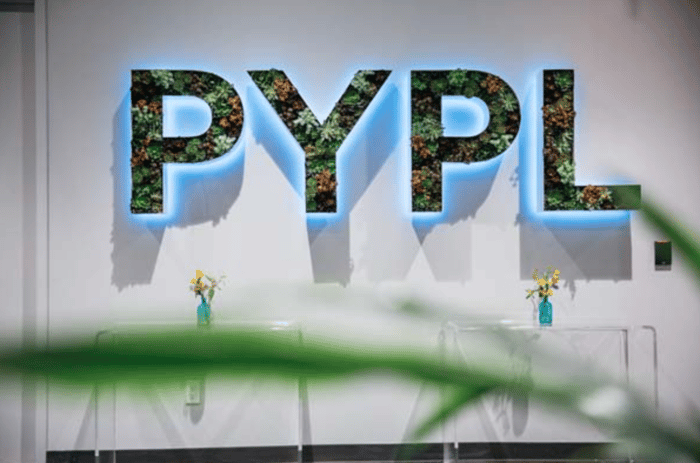PayPal Holdings (PYPL 1.41%) continued to experience strong momentum on its platform in the second quarter. While growth in total payment volume decelerated from the first quarter, it's still growing faster than pre-pandemic levels.
Investors were focused on management's weak guidance for Q3, which sent the stock down 10% after the earnings report was released. But investors are missing management's comments during the earnings call that growth could reaccelerate heading into 2022.
Here are three reasons why the stock sell-off following the earnings report is a good buying opportunity.

Image source: PayPal Holdings.
1. Non-eBay payment volume up 48%
The weak guidance and subsequent sell-off stems from eBay. PayPal separated from eBay (EBAY -0.45%) in 2015, and over the last few years, eBay has been transitioning to its own managed payments system. In Q2 2016, the payment volume coming from eBay's marketplaces comprised 17% of PayPal's payment volume. It now only totals 4% of PayPal's volume. This steady decline has pressured PayPal's revenue growth.
PayPal expects Q3 revenue to grow approximately 12% to 14% year over year on a currency-neutral basis, which is a meaningful deceleration from 17% in Q2.
The deceleration that eBay's marketplaces are experiencing coming out of the pandemic is making it worse on PayPal. In the last quarter, eBay's marketplace payment volume completed through PayPal declined 41% on a currency-neutral basis. This cut approximately eight percentage points off PayPal's payment volume growth in the second quarter.
Excluding eBay, however, PayPal's core business is growing much faster than the reported numbers suggest. PayPal's non-eBay payment volume grew 48% year over year in the second quarter on a spot basis, compared to the 40% that PayPal reported. PayPal CEO Dan Schulman sees growth accelerating once eBay is fully phased out and said so during the Q2 2021 earnings call:
We now expect that eBay will be essentially 100% complete with their migration to managed payments by the end of the third quarter. We are maintaining our full-year guidance despite the fact that this accelerated ramp puts an additional 100 basis points of revenue pressure in 2021. The good news is that this pressure begins to ease in Q4 and, obviously, positions us for accelerated revenue growth in 2022.
2. Customer engagement accelerating
PayPal is now starting to reap the rewards of the millions of new users that joined the platform during the pandemic. Over the last three years, transactions per account have increased from 35.7 to 43.5. Since Q3 2020, this important engagement metric has accelerated from 1% growth to 11% in Q2 2021.
"We continue to see strong demand for our in-store services with approximately 1.3 million merchants now accepting our QR codes and continued momentum and excitement across our large enterprise merchants," Schulman said.
3. Non-eBay revenue grew 32%
The higher engagement directly impacts revenue growth, since it leads to growth in total transactions and more processing fees. PayPal's ex-eBay revenue growth came to 32% in Q2 -- an 11-point acceleration over the year-ago quarter.
Excluding the impact of eBay, PayPal's growth in payment volume, transactions per account, and revenue look fantastic, and next year should be even better.
Looking ahead, PayPal is planning to release a new digital wallet "super app" that will feature improved bill pay functionality, direct deposit, and high-yield savings. This is a big catalyst that could send the share price higher.
This growth stock is down because PayPal is guiding for a few percentage points lower revenue growth in the next quarter than investors wanted to see, even though management made it clear that the business could very well reaccelerate in 2022. Investors should ignore the short-term noise and look at the sell-off as a buying opportunity.





